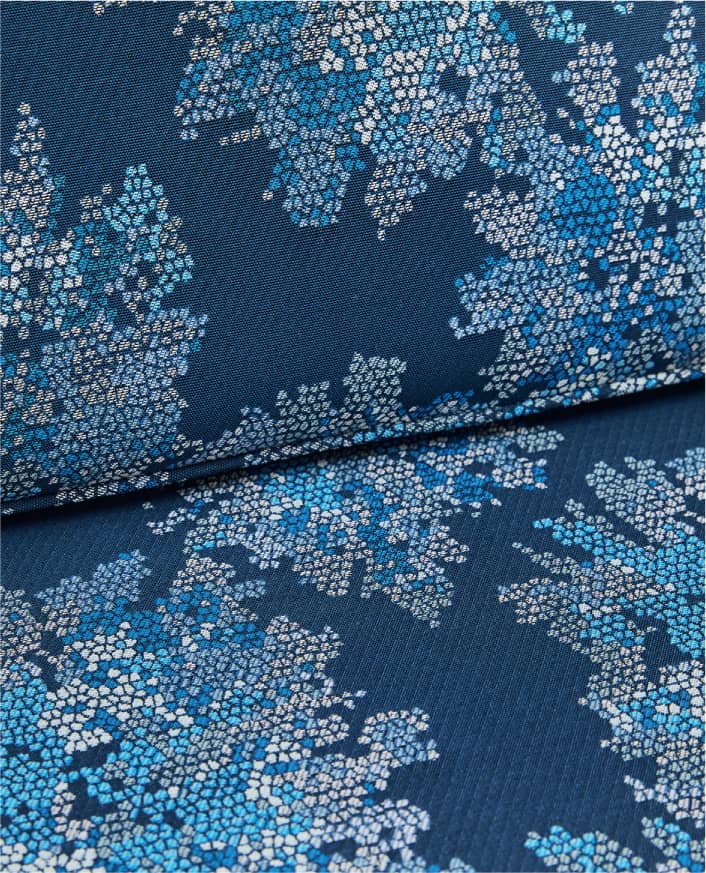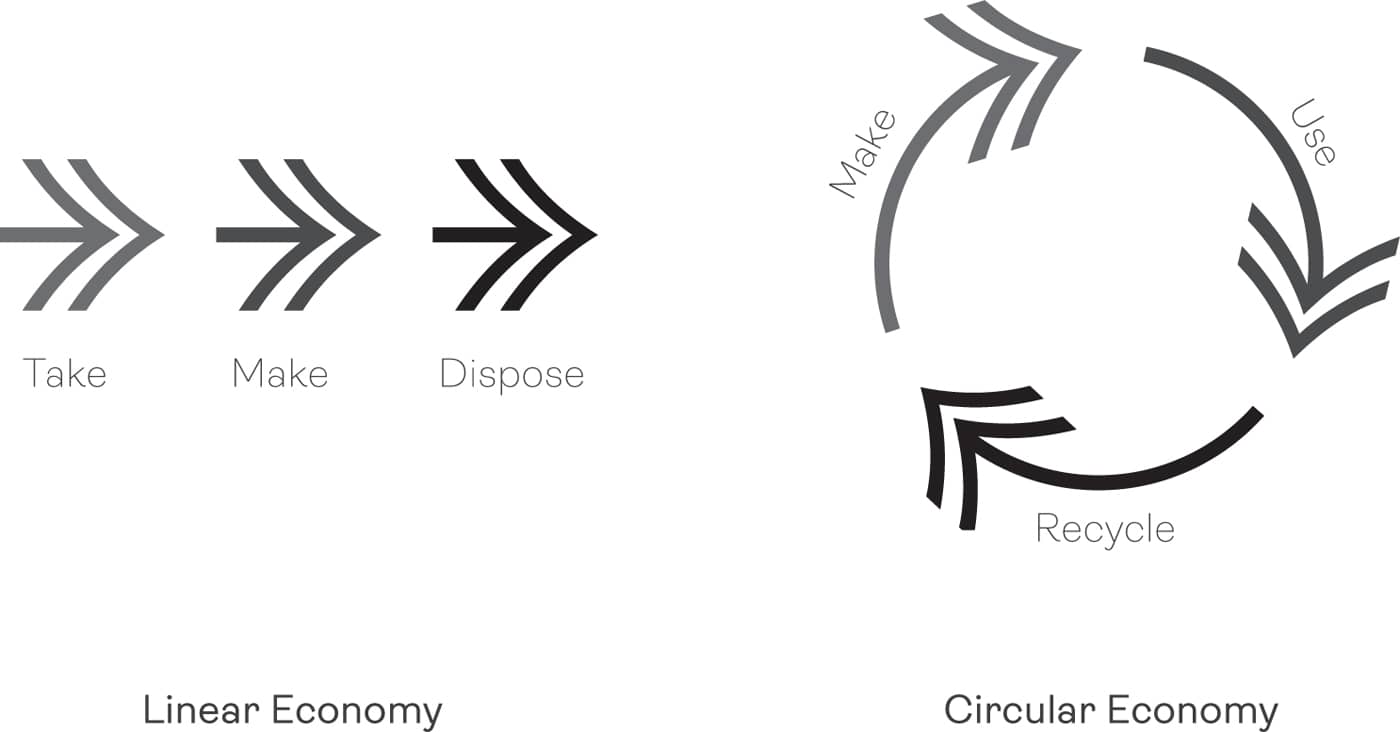13 Circular Design
An economic approach to design that eliminates waste, increases the lifespan of products, and regenerates materials.
Helpful Advice
According to the Ellen MacArthur Foundation, “waste and pollution are not accidents, but the consequences are made at the design stage, where 80 percent of environmental impacts are decided.”
Construction debris accounts for a staggering fifty percent of the solid waste generated each year in the U.S. As landfill sites accumulate, chemicals from waste materials that do not biodegrade can enter our food and water supply chains, and thus endanger the health of humans, and harm the land and bodies of water. Conceived by Ellen MacArthur in 2010, circular design is an interconnected alternative to traditional recycling. Also known as a “circular economy,” circular design refers to an economic system that aims to eliminate waste and reduce consumption by reusing, repairing, and recycling to create a potentially closed-loop system.
The core principles of circular design include designing out, eliminating, or reducing waste and pollution; improving productivity and durability, allowing for longer use of products and materials; and supporting the regeneration of natural systems. For an interior designer, this means choosing reclaimed textiles and furniture pieces, and carefully evaluating the composition of floor and wall products. In addition, consideration of the life cycle of the product, where and how it will be recycled, and how repurposing components will be paid for is critical to circular design’s success.
Examples of industries that are adopting a circular design system include subscription-based furniture companies, textile manufacturers that grind up and refiberize waste material to make new products, or flooring companies that have programs that take back their carpet tiles after use.
The ultimate goal of developing a circular economy approach within a design is to reduce long-term costs, become resource efficient, generate revenue through material reuse, and have an environmental impact.

Digital Bloom 2.0, an upholstery and panel textile by HBF Textiles, contains one hundred percent recycled content and is also one hundred percent biodegradable with third-party certifications from SCS Indoor Advantage, NSF, and Clean Impact Textiles.


Normann Copenhagen’s Bit Stool Collection (2021) uses one hundred percent recycled household and industrial plastic.
